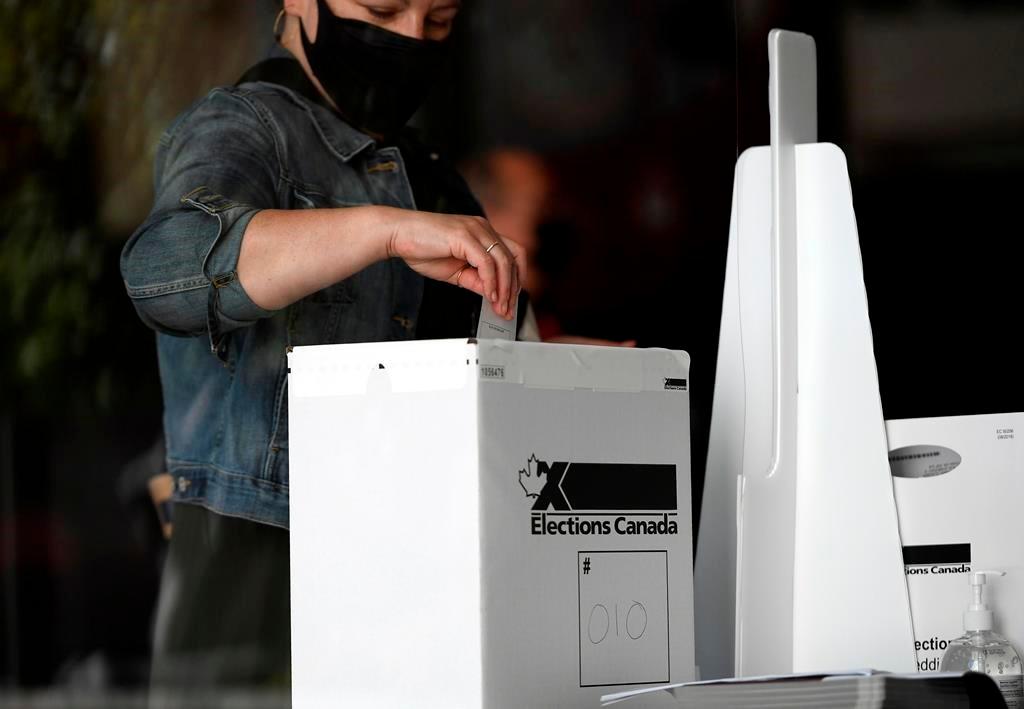OTTAWA—Sixty-two percent of eligible voters cast ballots in last week’s federal election—about the average turnout for recent Canadian elections despite the challenges of the COVID-19 pandemic.
Elections Canada says almost 17 million Canadians voted, out of 27.4 million eligible electors. That does not include voters who registered on election day so the final number could tick up a bit, the agency says.





